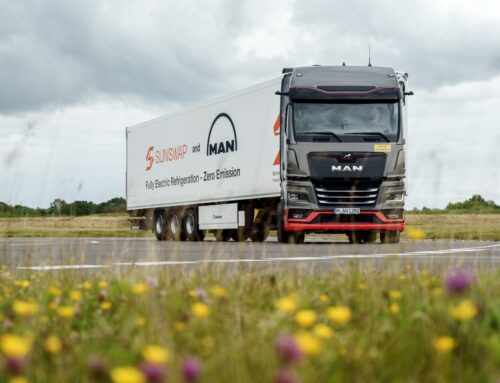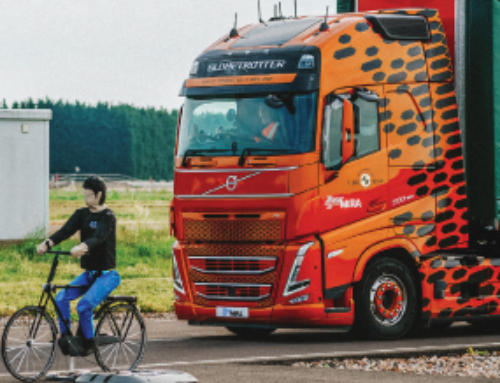Agreement reached on Euro 7 pollutant limits
 A deal reached late last year between the European Parliament and the Council of the EU on the new Euro 7 emissions regime for road transport has set the likely parameters of stricter pollutant limits for new trucks and buses within the coming years, following extensive negotiations.
A deal reached late last year between the European Parliament and the Council of the EU on the new Euro 7 emissions regime for road transport has set the likely parameters of stricter pollutant limits for new trucks and buses within the coming years, following extensive negotiations.
The agreement includes more stringent limits for laboratory-measured exhaust emissions for buses and trucks – for nitrogen oxides (NOx), 200mg/kWh – as well as in real driving conditions – 260mg/kwH for NOx – but maintains the existing testing conditions used for Euro VI.
Pollutants not regulated at Euro VI, such as nitrous oxide (N2O), will also now be included within the Euro 7 framework for truck and bus.
After the provisional deal between the EU institutions, which was announced in December, has been formally endorsed and enters into force, truck and bus manufacturers will have four years to meet the requirements for new vehicle types, and a further year until new vehicles in general are required to comply. Small-volume manufacturers of such vehicles will have longer, until July 2031.
The new Euro 7 brings emissions regulations for trucks, buses, vans and passenger cars under a single framework. But in the case of vans and cars, current Euro 6 test conditions and exhaust emissions limits will remain, though smaller exhaust particles will be counted than at present. They will, however, be subject to new measures that limit particle emissions from tyres and brakes.
Responding to the announcement, the European vehicle manufacturers’ association ACEA said it welcomed the certainty which would enable it to plan for the requirements, but said that to ensure sufficient lead times, the European Commission would need to deliver “robust secondary legislation as swiftly as possible”.
“It is important to note that many of the new provisions bring significant technical and investment challenges at a crucial time in the zero-emission mobility transformation,” said Sigrid de Vries, ACEA Director General.
“As key elements are still to be decided through secondary legislation, we will continue working to ensure a realistic Euro 7, within the limitations imposed by the primary legislation.”
De Vries added: “We should not underestimate the huge progress made by European vehicle manufacturers in reducing pollutant emissions from road transport. Indeed, between the first Euro standard and the first version of Euro 6, emissions were slashed by over 90 per cent.
“The greatest improvements in air quality will be achieved by replacing older vehicles on EU roads and rapid electrification.”










